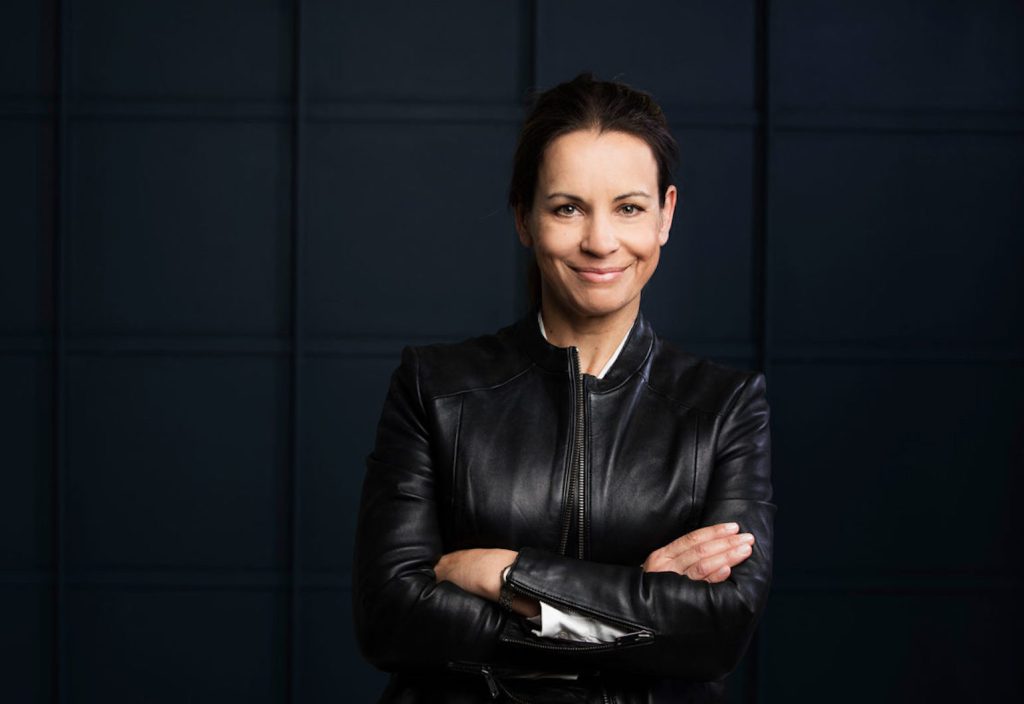While exacerbated of late, Australia’s engineering skills shortage is far from a new problem. We need to act now before it’s too late.
When given the chance to speak at the Women in Engineering Summit 2022 last week, I chose to address one of the greatest challenges currently facing engineering in Australia – the staggering shortage of engineers.
While Australia as a whole has been beset by one of the worst skills shortages in recent history, the engineering sector has been hit particularly hard, with a 41% increase in engineering vacancies over the last 12 months.
Given our industry has significant numbers of overseas-born engineers, the closure of Australia’s borders during COVID-19 played a major role in the engineering skills deficit.
But, with a lack of support for skilled migrants once they arrive in Australia to help them find an engineering role, a declining interest in STEM studies and pervasive cultural issues in some sectors, the root of the problem goes much deeper.
Challenges in the classroom
Demand for engineers across most sectors is rapidly growing, but our research indicates that Australia’s population growth has exceeded the growth of supply of domestically trained engineers.
The STEM decline begins in our schools, as indicated by steady decline in the numbers of Australian school students studying intermediate and advanced-level maths in 2020.
It also doesn’t help that year 7 to 9 mathematics is largely taught by out-of-field teachers, and less than 40% of the students undertaking higher mathematics are female.
These issues flow onto tertiary education, with Australia recording the second-lowest number of engineering graduates compared to other disciplines among Organisation for Economic Co-operation and Development countries.
Of those who do undertake an engineering degree, around half stay the course, with many taking longer than four years to complete their studies.
Only a fraction of engineering students are female (16%), with even less going on to join the engineering workforce.
With the vast majority of our female engineers being overseas-born, we are simply not doing enough to engage women in the profession.
An issue of visibility
One of the key reasons women don’t chose engineering to begin with is a lack of awareness around what engineering is and what engineers do.
According to our recent 2022 Women in Engineering Research, when women do pursue engineering, most (80%) find their work dynamic and impactful, and agree that they bring a unique perspective to the table.
But despite this fulfilment in their work, the profession is losing women due to deep-seated cultural issues including lack of visibility, limited career opportunities, bullying and harassment.
It is little wonder why female engineers don’t seem to believe they deserve their success, with rates of imposter syndrome among this group far exceeding that of men in the profession or women in other fields.
Systemic problems preventing integration
Even before COVID-19 struck, there were several significant roadblocks preventing skilled migrants from entering the engineering profession.
With only 40% of skilled migrant engineers in Australia working in an engineering role, reduced immigration is just a small part of the problem.
Apart from a lack of local knowledge and experience, our 2021 research into the Barriers to employment for migrant engineers found extensive bias around perceived cultural differences, particularly when it comes to ‘soft’ skills.
When skilled migrants manage to overcome visa or sponsorship issues, a lack of local referees to vouch for their work, along with certification queries and ‘flight risk’ concerns are further barriers to employment. Given there is a tendency for organisations to hire from ‘networks’ for senior roles, skilled migrants are also locked out of the upper echelons of the profession.
Overcoming the issues
Addressing the ongoing engineering skills shortage requires a multi-level plan with short, medium and long term goals.
Building our skilled migrant workforce can help to fill the skills gap now. But this will require initiatives to match under-employed skilled migrant engineers with jobs, programs to assist industry with overseas engineering qualifications and visa information and partnerships with countries such India and Pakistan to bring surplus engineers to Australia.
Culture initiatives developed by organisations and industry bodies could improve the retention of women in the engineering workforce, including flexible working arrangements, equal provision of professional development opportunities, mentorship programs and initiatives to address imposter syndrome.
To build up the domestic pipeline of engineers in the long term, we need to generate interest in the profession among Australia’s youth. This could entail positive messaging about the impact engineers have in the world, and exploring the number of career opportunities that an engineering qualification can bring.
Engineering is a very mobile profession, with Australia’s involvement in the International Engineering Alliance (IEA) providing many opportunities to work overseas. People trained as engineers have a sought-after skillset and mindset (engineers have secured the top spot in the Australian Government’s Employer Satisfaction Survey (ESS) for the last two years), so it’s an ‘asset-for-life’.
Education-wise, maths, physics, technology and engineering studies must also be bolstered by making it easier for mid-career professionals to become teachers and changing the ATAR maths scaling rules so students are not disincentivised from studying intermediate and advanced-level maths.
If better financial and nonfinancial support was provided to engineering students, graduation rates and times might improve, with more graduates remaining in the profession. These support initiatives could include mentorship, internship and apprenticeship models and Commonwealth-supported places for two-year conversion Masters for science graduates.
When it comes to future workforce planning, initiatives must be developed to improve demand data and communication with supply channels. Establishing better communication systems between industry and universities is a good place to start.
With demand for engineering skills quickly outpacing supply, it’s clear that we have our work cut out for us. But with indications that the problem will get worse before it gets better, action needs to be taken now.
